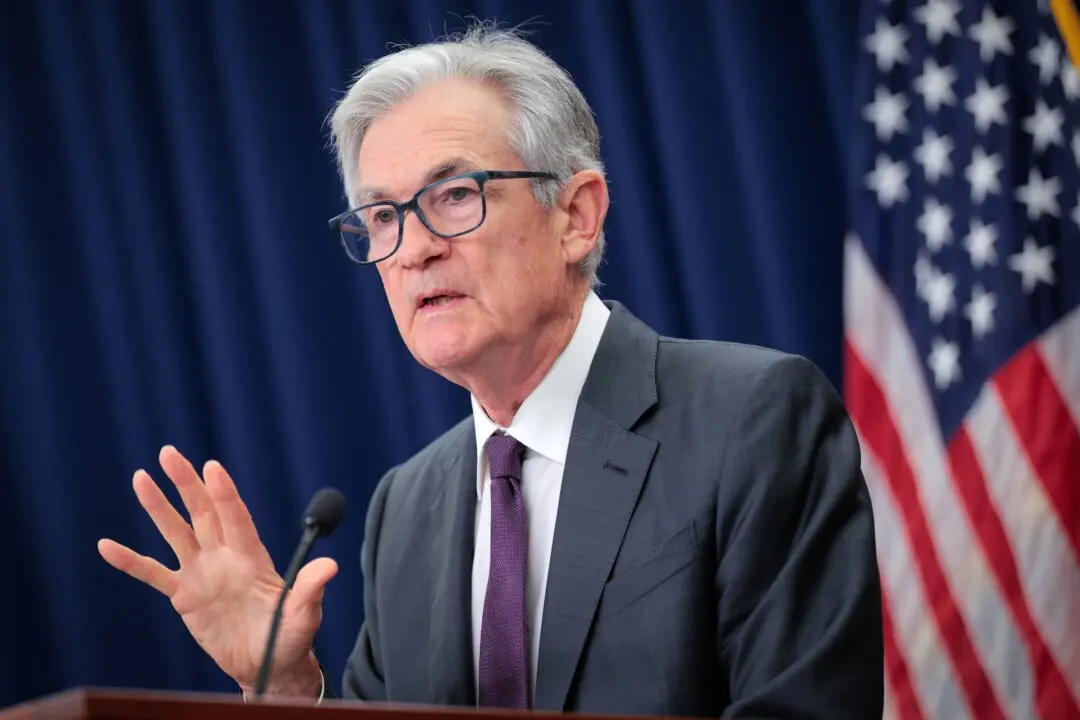Commentary
With labor participation rates still far below pre-lockdown norms and with the rising investment we should be seeing, one might suppose job openings would be growing. However, trends are going in the opposite direction. Job openings for March fell the most they have in two years.





